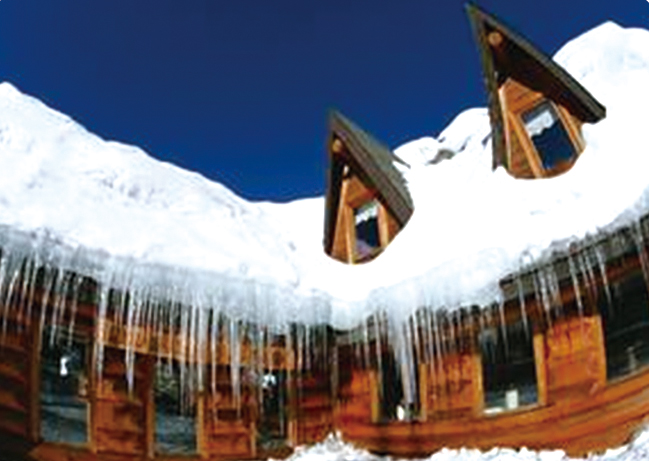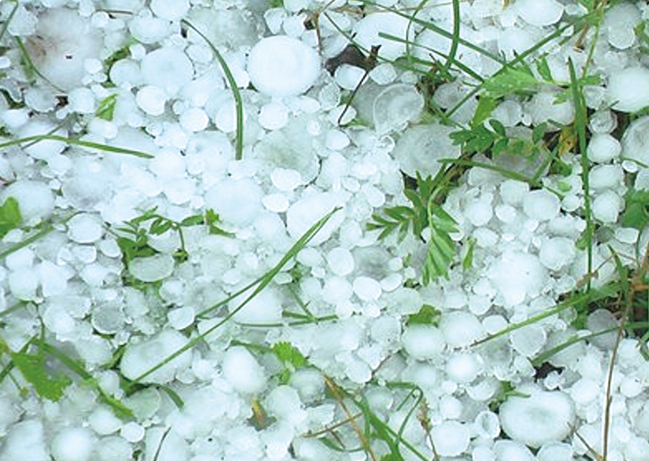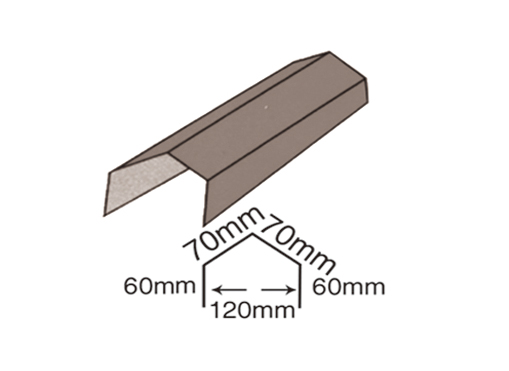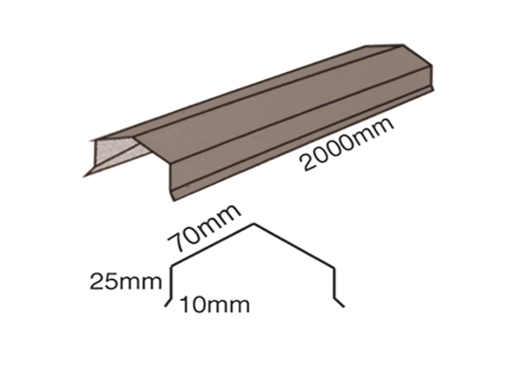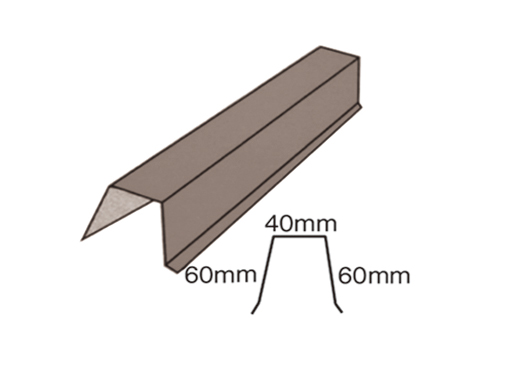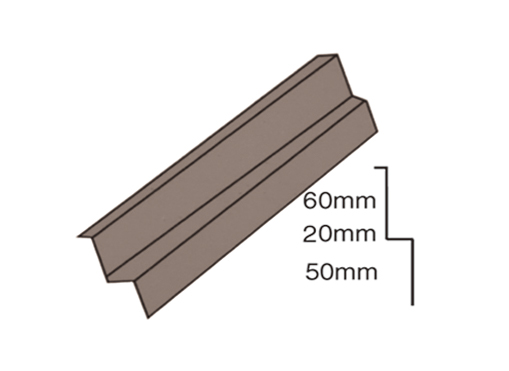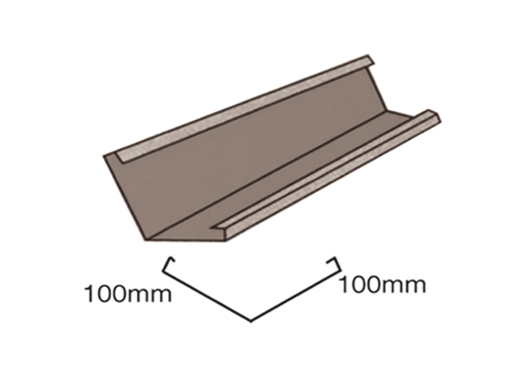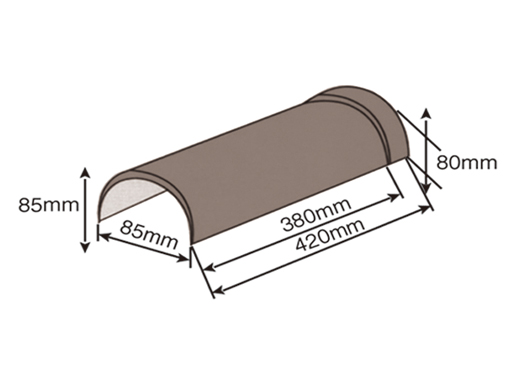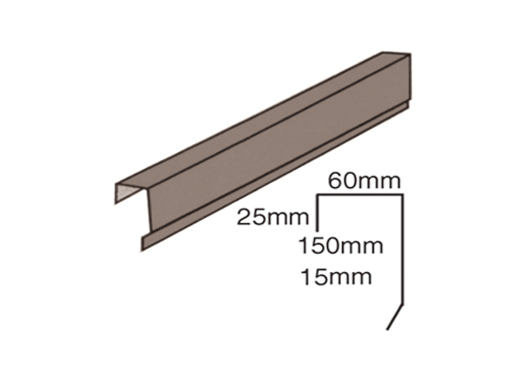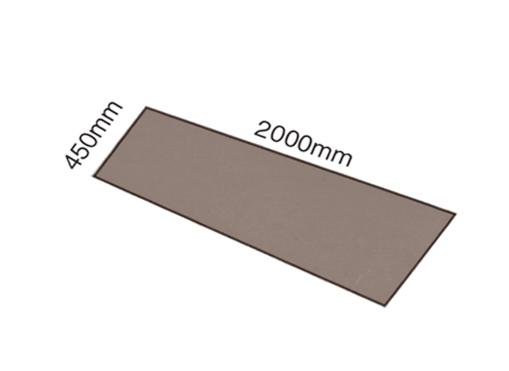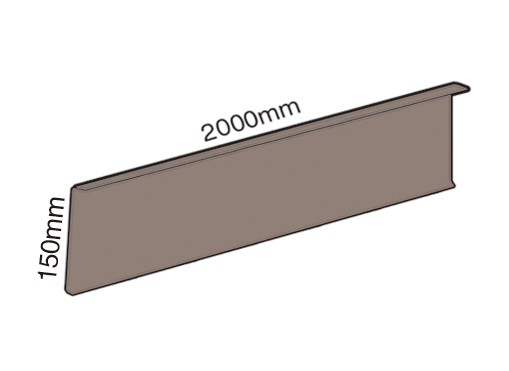How does wood style Makuti Grained stone coated roofing tiles achieve imitation wood texture?
The imitation wood texture on
wood-style Makuti Grained stone-coated roofing tiles is achieved through a combination of manufacturing techniques and the use of specialized materials. Here's how the imitation wood texture is typically created on these roofing tiles:
Embossing or Molding: One of the key methods used to create the imitation wood texture is embossing or molding. During the manufacturing process, the steel core of the roofing tile is pressed between rollers or molds that have been specially designed to replicate the texture of natural wood. These rollers or molds are engraved with intricate patterns that mimic the grain and texture of wood.
Pattern and Grain Design: The design of the embossed or molded pattern is crucial in achieving a realistic wood-like appearance. The patterns are carefully crafted to resemble the irregular and organic grain patterns found in various types of wood. Different designs may be used to mimic the look of different wood species, such as oak, cedar, or pine.
Texture Depth: The depth of the texture is controlled during the embossing or molding process. Varying degrees of depth are used to create the raised and recessed areas that give the roofing tiles their three-dimensional wood-like texture.
Layering with Stone Granules: Once the embossing or molding process is complete, the roofing tile's surface is coated with a layer of adhesive. Natural stone granules or ceramic-coated granules are then applied to the adhesive-coated surface. These granules adhere to the surface and create a textured layer that aligns with the embossed or molded pattern.
Color Variation: To enhance the wood-like appearance, the roofing tiles are typically colored using a range of earthy and natural tones. Different shades of brown, tan, and gray are used to replicate the colors found in aged or weathered wood. The color variation adds to the authenticity of the wood texture.
Weathered Finish: Some variants of wood-style Makuti Grained stone-coated roofing tiles may incorporate a weathered finish. This finish can simulate the effects of aging on wood, such as subtle discoloration, fading, or weather-related wear and tear.
Why are the colors of wood style Makuti Grained stone coated roofing tiles not uniform?
Mimicking Natural Wood: Natural wood, especially when aged or weathered, often exhibits color variations and irregularities. By incorporating non-uniform colors into the roofing tiles, manufacturers aim to closely mimic the look of real wood. These color variations create a more authentic and organic appearance.
Enhancing Aesthetics: The variegated color scheme enhances the overall aesthetics of the roofing tiles. It adds depth and visual interest to the roof's surface, making it more visually appealing and dynamic. The subtle color variations can create a warm and inviting aesthetic that complements various architectural styles.
Avoiding Uniformity: Uniform coloring can sometimes make roofing materials appear monotonous or artificial. By introducing non-uniform colors, manufacturers avoid a repetitive or manufactured appearance, making the roofing tiles blend more seamlessly into natural settings.
Creating a Weathered Look:
Wood-style Makuti Grained stone-coated roofing tiles are often designed to simulate the effects of aging on wood. Weathered wood typically shows signs of fading, discoloration, and variation in color due to exposure to sunlight and the elements. The non-uniform colors help replicate this weathered look, adding character and charm to the roofing.
Concealing Imperfections: Non-uniform colors can also help conceal minor imperfections or variations in the surface of the roofing tiles. This can enhance the overall quality and appearance of the roof by minimizing the visibility of any flaws.





